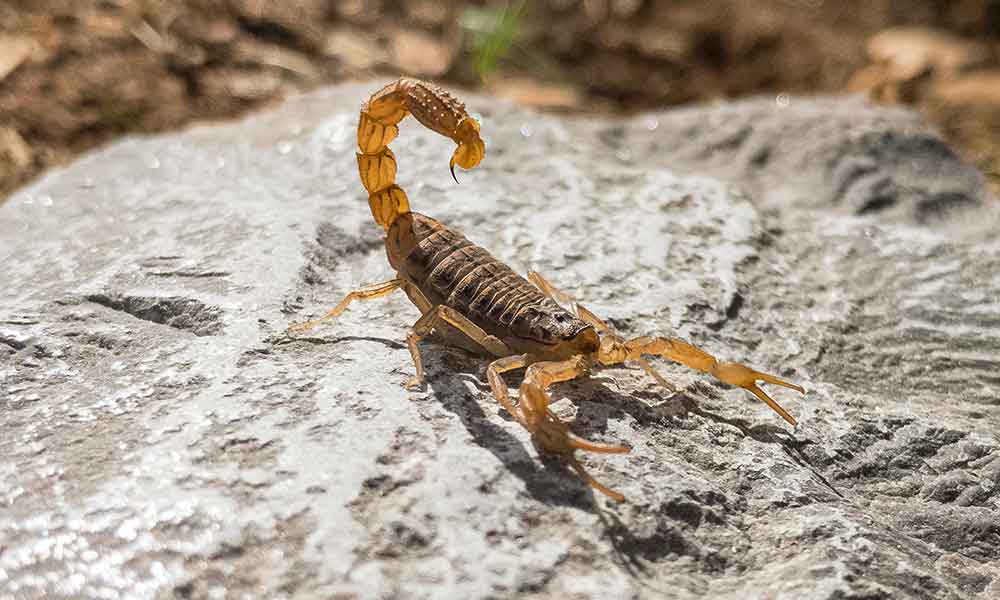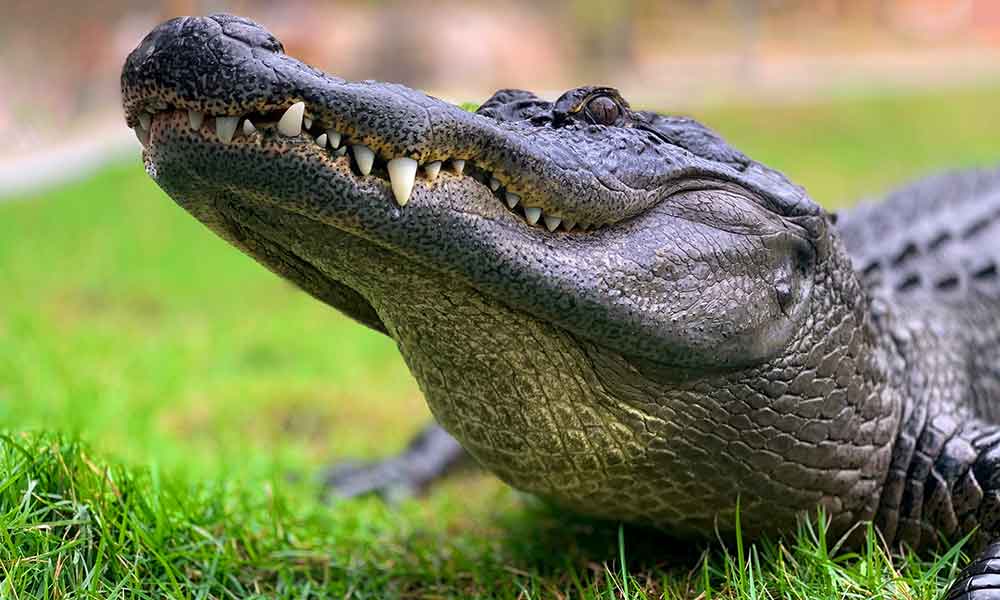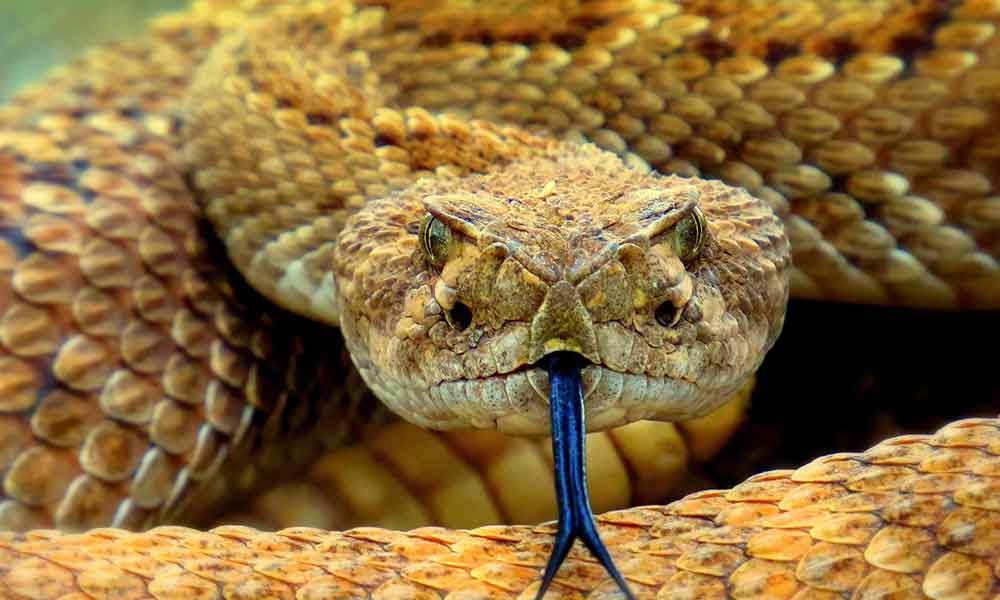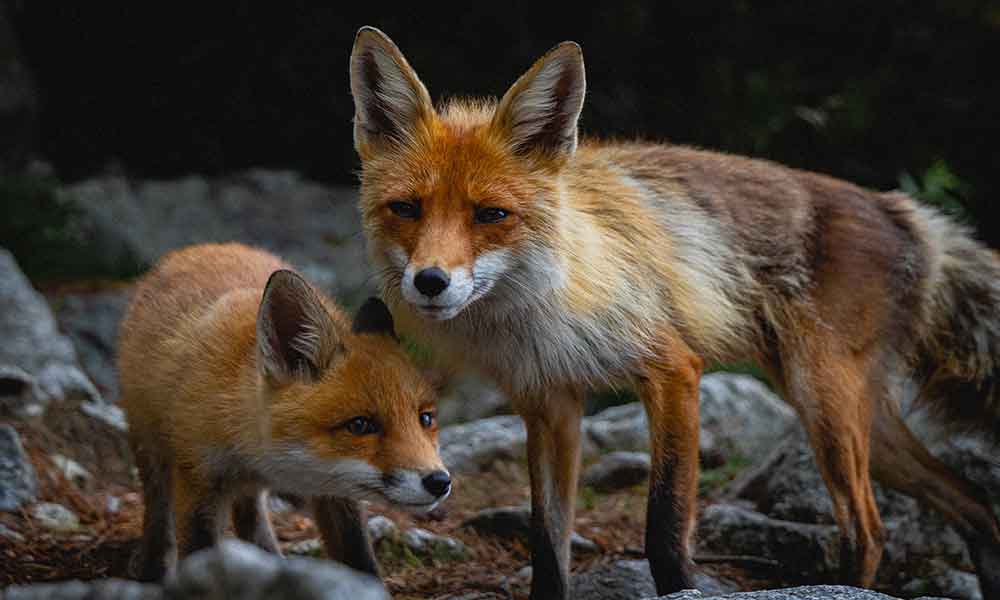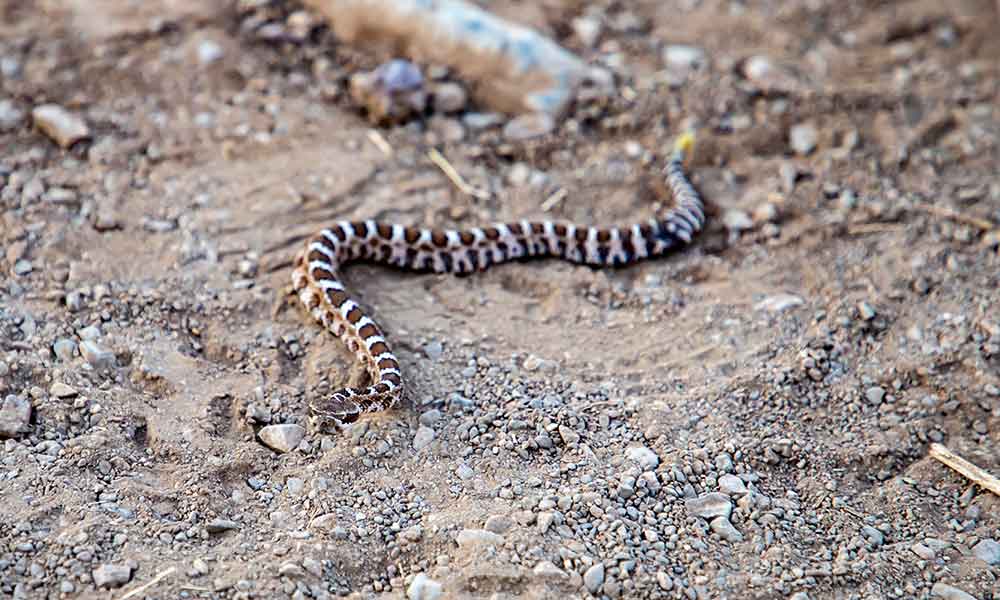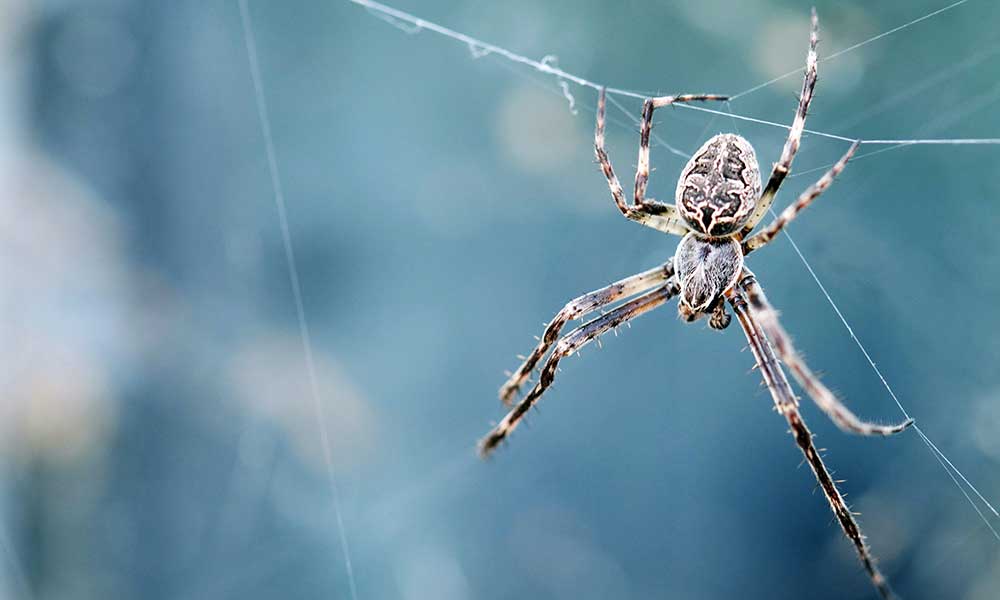Sand dollars (Echinarachnius parma) are a species of sea urchins from the Clypeasteroida order. Also known as “sand urchins”, “sand cakes”, and “sea cookies”, these creatures are small, circular, and feature radical symmetry, which means they have a repeated symmetrical pattern split into segments.
Types Of Sand Dollars
Sand dollars come from the Echinoidea class. The word “Echinoidea” stems from the Greek “Echinus” (έχινος), which was used to reference sea urchins, as well as hedgehogs.
There are around 250 species of sand dollars, a vast range that covers many species and sub species, including the following:
Japanese Sea Biscuit (Clypeaster japonicus)
The Japanese sea biscuit was first described in 1885 by a German zoologist named Ludwig Heinrich Philipp Doderlein. With a length of around 5 inches, it is one of the largest sand dollars and can be found in the waters around Japan, typically at ranges up to 160 feet.
Keyhole Sand Dollars
The keyhole sand dollar is a species that lives on the Atlantic coasts of the Americas, with a range that covers the US, South America, and the Caribbean. These creatures have velvet-like skin and are so named because of a keyhole shape in the endoskeleton.
The Mellita quinquiesperforata is one of the best known in this species and can be found along the US coasts, as well as the coastlines of Brazil.
Common Sand Dollar (Echinarachnius parma)
The common sand dollar lives in sandy areas and can survive at depths of up to 5,000 feet. They are found in both the North Pacific and the Northwest Atlantic and are typically around 3 inches in diameter.
Pea Urchin (Echinocyamus pusillus)
Also known as the green urchin, the pea urchin is a species of sand dollar found in the Mediterranean Sea and the northeastern Atlantic Ocean. It has a body that is just half an inch long and is so named because it’s as small as a pea.
Eccentric Sand Dollar (Dendraster excentricus)
The eccentric sand dollar is native to the northeast Pacific and can be found from Alaska to Baja California. Most of them are just a couple of inches wide but the largest are over 4 inches.
How To Find Sand Dollars
You can find living and dead sand dollars but should always leave the former alone. Living sand dollars will typically be brown/dark gray in color and will be covered with short fur-like spines. These spines are what the animal uses to move across the sea bed.
When the sand dollar dies, its skeleton, known as a “test” can be washed onto the beach where it is bleached by the sun, turning it light gray or white. The small spines will fade away and it will be ripe for the taking. These are the sand dollars that people collect, but they can be very fragile, so you must be careful when handling them.
How To Clean Sand Dollars
Although the sun does a lot of the work in bleaching sand dollars, they’ll still be a little dirty and hairy and if you want to collect and exhibit them, you’ll need to give them a quick clean.
Firstly, you should soak them in warm water for a couple of days, being sure to change the water at regular intervals of 3 to 4 hours.
The water will wash away the sand and remove the spines while eradicating the fishy smell.
Next, create a bleach solution of 1-part bleach and 4 to 5 parts water. Add the sand dollars to the solution and leave them to sit for an hour.
After taking them out of the bleach, give them a rinse and they’re ready!
If they are not as white/clean as you would like, simply bleach them again.
How To Preserve Sand Dollars
To preserve your sand dollars, just follow the steps above and finish by coating them in a mixture of glue and water. This will provide the sand dollar with a protective coating and ensure that it lasts for years to come.
Don’t overdo the glue, though. You only need a light coat.
FAQs About Sand Dollars
Is It Illegal To Take Dead Sand Dollars?
It is legal to collect dead sand dollars but not living ones.
How Can You Tell If A Sand Dollar Is Alive?
If you’re not sure whether a sand dollar is alive or not, pay attention to the spines. The spines of a living sand dollar will still be moving, while a dead one may have lost most of its spins.
Can Live Sand Dollars Hurt You?
Although sand dollars can release a substance known as echinochrome, it is not toxic and the creatures are completely harmless.
How Do Sand Dollars Reproduce?
Sand dollars reproduce through a method known as “broadcast spawning”. The females lay eggs into the water at the same time that the males release sperm.
What Do Sand Dollars Eat?
Sand dollars feed on plankton, algae, kelp, dead particulate matter, and crustacean larvae.
How Do Sand Dollars Move?
Sand dollars have lots of little spines that move all at once and allow the creature to scurry along the seabed.

